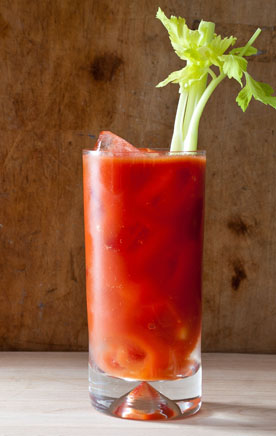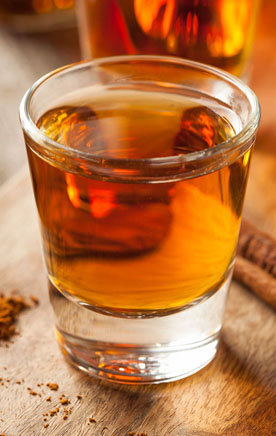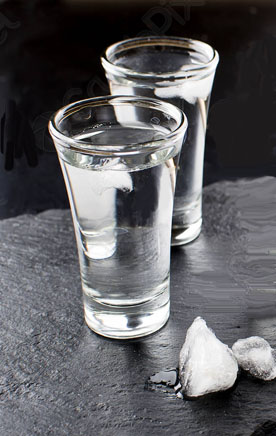Best White Rum

The Tasting:
The Fifty Best held a "blind" tasting of white rums with eight members of our spirits judging panel. The order of service was established beforehand by lottery. Strict tasting rules were applied. Each of the white rums were poured into fresh glasses from new sealed bottles, and served at slightly above room temperature. Only ice water, neutral unsalted crackers and chips were available to cleanse the palate.
The judges wrote down their impressions of each product on score sheets. The scoring was done on a 5-point system, with 5 as the highest. Double-Gold, Gold and Silver are awarded according to a set range of final point scores received from the judges. There were no Bronze medals awarded for this tasting. Medals are provided based entirely on merit and only to products judged worthy of such award.
The tasting notes that follow are summaries of the judges’ opinions, with all replicated commentary eliminated. The distilleries, states, countries of origin and alcohol proofs are identified for each brand. Clicking on the brands' names will link to their corresponding websites.
|
|
 |
|
|
 |
|
|
 |
|
|
 |
|
|
 |
|
|
 |
|
|
 |
|
|
 |
A brief history of rum.
Rum is a sugar cane distilled spirit that is directly influenced by terroir, tradition and technique. Sugar cane can be grown anywhere in the world that hosts a tropical climate, but the Caribbean was usually considered as the predominant producer of rum.
White rum is also known as "silver" or "light" rum. It is light-bodied, light in color and lightly sweet in flavor. As is all rum, white rum is produced from sugarcane juice and molasses, and normally has a short distillation period. But unlike gold, dark and aged rums which are matured in charred oak casks, white rum is mellowed in plain oak casks or stainless steel tanks for about a year, then filtered. By aging the spirit in this way, the final product remains clear. Rhum Agricole is produced mainly in the French West Indies. The main ingredient in Rhum Agricole is sugarcane, with a tasting profile defined by dry, grassy notes. This differs from rums produced from molasses with sweeter, vanilla flavors.
Rum in the Americas.
During the 18th century, the 159 distilleries in New England produced huge quantities of quality rum from molasses shipped to the colonies from the islands. More rum was made in Colonial America than in the Caribbean, and rum became the colonists' most popular spirit. Twelve million gallons of rum were consumed annually by the early colonists. After the Revolution, as the trading of molasses was restricted by the British, Americans switched to home-grown products such as corn and grain. The American whiskey industry was born, and whiskey replaced rum as the tipple of choice. Most New England distillers closed shop, but rum production continued in the Caribbean, shipping most of the product to Europe.
George Washington, the first President of the United States of America, knew the value of supplying the public with a little rum. When running for a seat in the Virginia House of Burgesses in 1758, Washington gave out 28 gallons of rum and 50 gallons of rum punch, as well as wine, beer and cider – to 391 voters. It cost his campaign £50 (about $8,000 today), but he won his seat.
The strangest rum fact: When Admiral Nelson died in the Battle of Tralfager, his body was preserved during the voyage home in a cask of rum before it was laid to rest.
Following World War II, rum became hip in pre-Castro Cuba where luxury hotel bars in Havana became notorious for their rum-based cocktails. Ernest Hemingway's favorite cocktail was made with white rum at the notorious Cuban bar El Floridita. Then in the late 50s early 60s there was the Tiki Bar craze, such as Trader Vic's with its exotic rum cocktail concoctions.
White rum continues its popularity to this day with over 750 distilleries currently producing rum in worldwide. Ironically, most people are unaware that they are drinking white rum – the base spirit in Mojitos, Daiquiris, Rum & Cokes, and Piña Coladas – since it doesn't change the color of the drink.
Disclaimer: This section of the website is intended for visitors 21 years of age and older.
If you are not of legal drinking age, please exit by clicking here.
Please drink responsibly!









